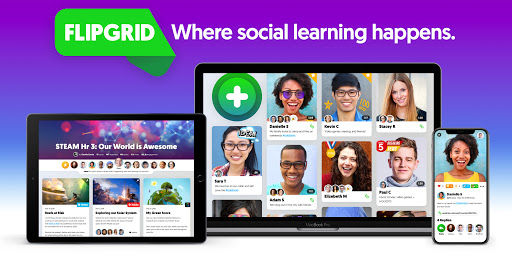Attention! Media Literacy:
- hkubraag
- Dec 10, 2020
- 1 min read
I can define media literacy and information literacy briefly as questioning and confirming what a person sees and hears, by researching various sources.
It is the duty of all of us, as the youth of this age and as candidate educators, to reach and process information in the right way, which is one of the most important achievements of our age.
What is Media Literacy and Information literacy?
Media literacy, put simply, is the ability to identify different types of media and the messages they are sending. When we speak of media, it encompasses print media, such as newspapers, magazines and posters, and theatrical presentations, tweets, radio broadcasts, etc.
Information literacy is the ability to find, evaluate, organize, use, and communicate information in all its various formats, most notably in situations requiring decision making, problem solving, or the acquisition of knowledge.

Information literacy helps students recognize misleading, out-of-date, or false information. It also helps them sort through the data and interpret it intelligently. Libraries full of books are still available and a valuable resource for students, but information literacy includes the Internet and beyond
What is the purpose of information literacy?
Information literacy means knowing how to learn; having the ability to locate, critically evaluate and use information effectively. Developing effective research skills using information has always been an essential part of a liberal arts education.






Comments